Celebrating the Basilica of Saints Peter and Paul
The sacristy is the behind-the-scenes staging area at the Basilica of Saints Peter and Paul and houses the priests’ bibles, vestments and all of the many liturgical chalices and linens used during Mass. It is a room off the high altar where the priests, altar boys and sacristans gather before worship and prepare for service. One of the key preparations that takes place here involves the ceremonial veiling of the chalice that holds the sacramental wine and supports the communion wafer.
“There’s a significance to the veiling,” said Mark Labonte, the basilica’s sacristan, describing the process of preparing the chalice for the priest. “I always set it up so the cross is facing the priest. He always drinks from the cross side,” he said.
A friend or family member will give a priest a chalice with accompanying paten at his ordination. The round metal paten is fitted to cover the chalice and holds the Eucharistic bread, which will be consecrated by the priest during Mass.
Labonte will fold a purificator into three layers and place it on top of the chalice. The purificator is a 12-inch-by-12-inch white linen featuring an embroidered cross. “Each priest has his own,” Labonte said. They are all stored in special drawers in the sacristy. Purificators are used to clean out the chalice and clean off the paten after communion, and are washed by hand in the sacristry following each service.
After the purificator and paten are placed on top of the chalice, the communion wafer is placed on the paten, which is then covered with a square white pall to protect the wafer.
A veil is then placed over everything and a special flat, fabric-covered case called a burse is placed on top, carrying a folded white cloth that is spread upon the altar during Mass to hold the chalice, called a corporal.
The burse is a relatively recent addition to the ritual, though when the custom began is not completely clear. The Catholic Encyclopedia says that the corporal, when it reached its present small dimensions, was carried to the altar in a special “box or bag.” A 12th century text mentions a “precious corporal-case,” but this may have simply been a box. Starting in the 14th century, documented use of a burse is widespread and by 1692 it was forbidden to celebrate Mass without one.
Different colored veils, burses and vestments are used for each liturgical season. Royal purple, for example, is used during advent, reddish purple during Lent. Green and white are used for everyday services.
Celebrating the Basilica of Saints Peter and Paul
The Sun Journal is celebrating the Basilica of Saints Peter and Paul in Lewiston, which was completed in 1936-1937. For a year, we are taking a close look at the iconic structure, its history and even some of the people who built it. We will explore rooms behind the high altar, crawl along the catwalk, explore the cellars and rooftop carvings, and peek into drawers and cabinets in the sacristy. We’ll show you historical photos and compare them with current images of the basilica. We’ll also speak with basilica experts and comb through historical documents to uncover some of the 80-year-old church’s enduring myths and mysteries.
The entire series is being archived at sunjournal.com/basilica.
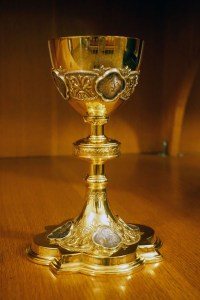
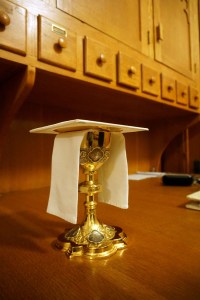
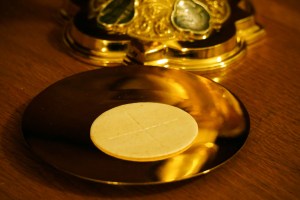
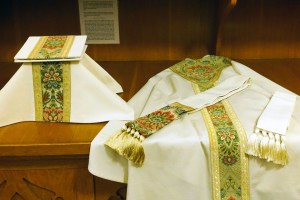
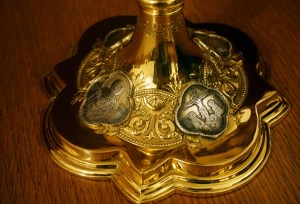
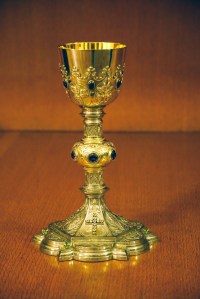
Comments are no longer available on this story